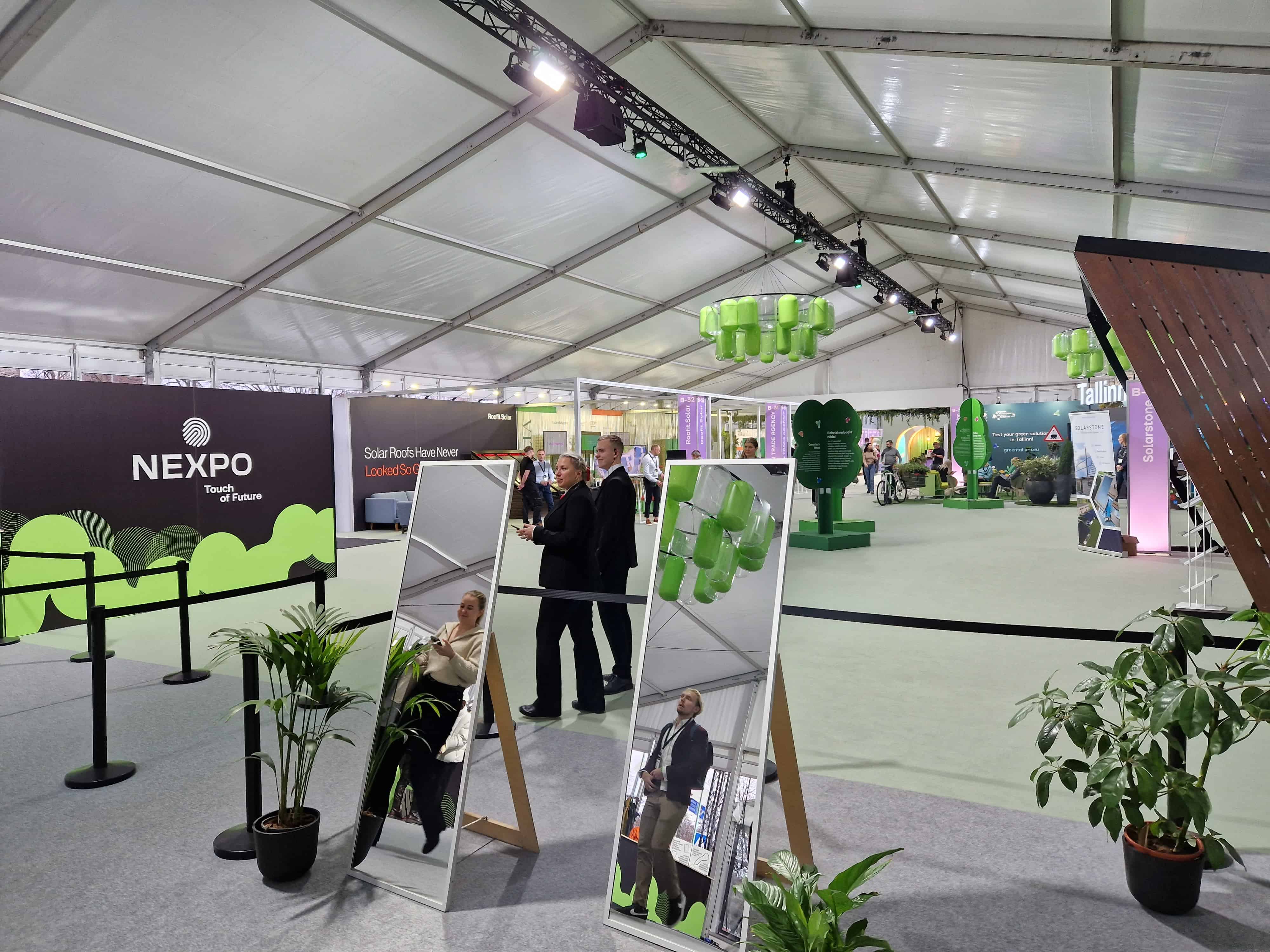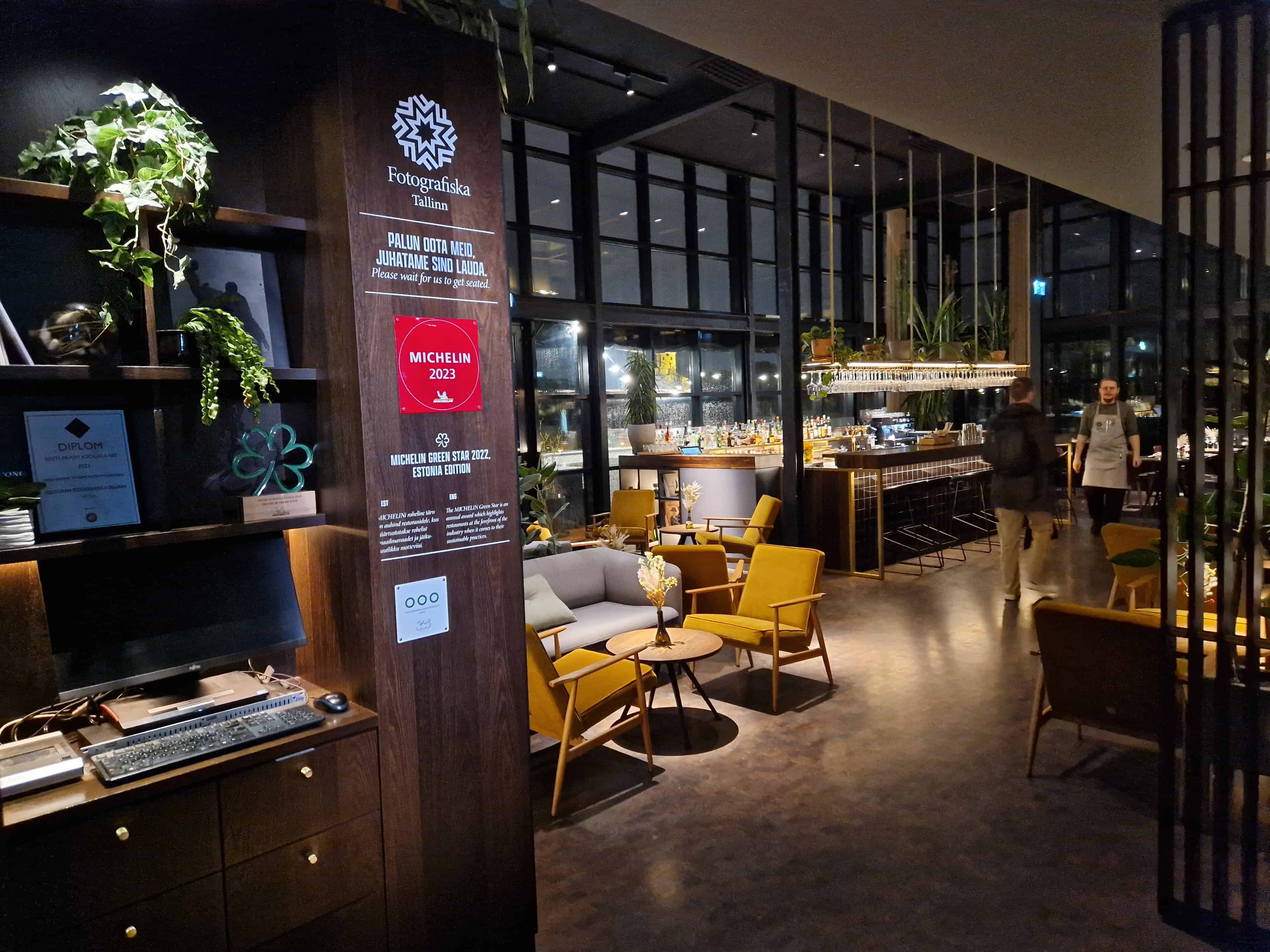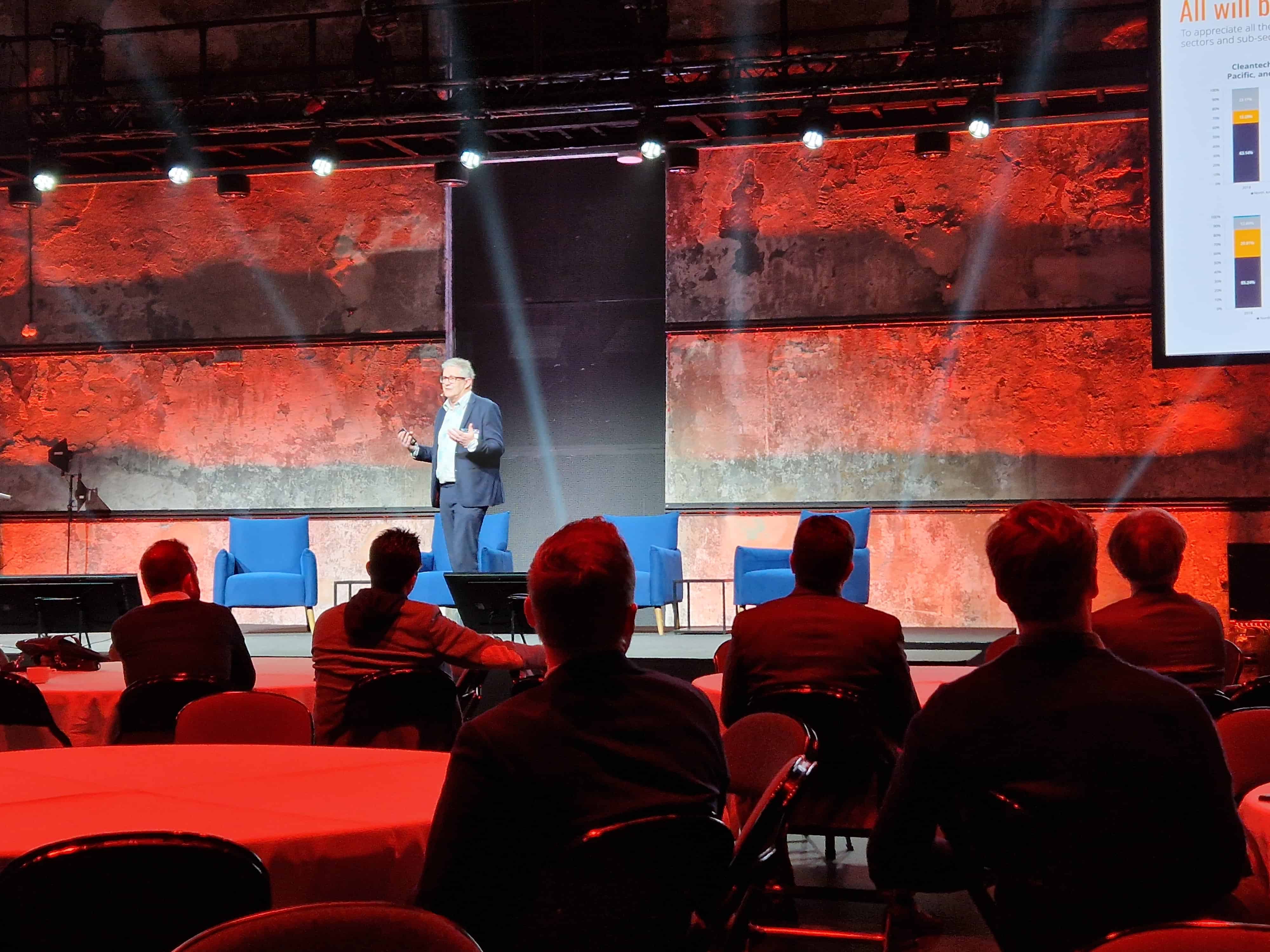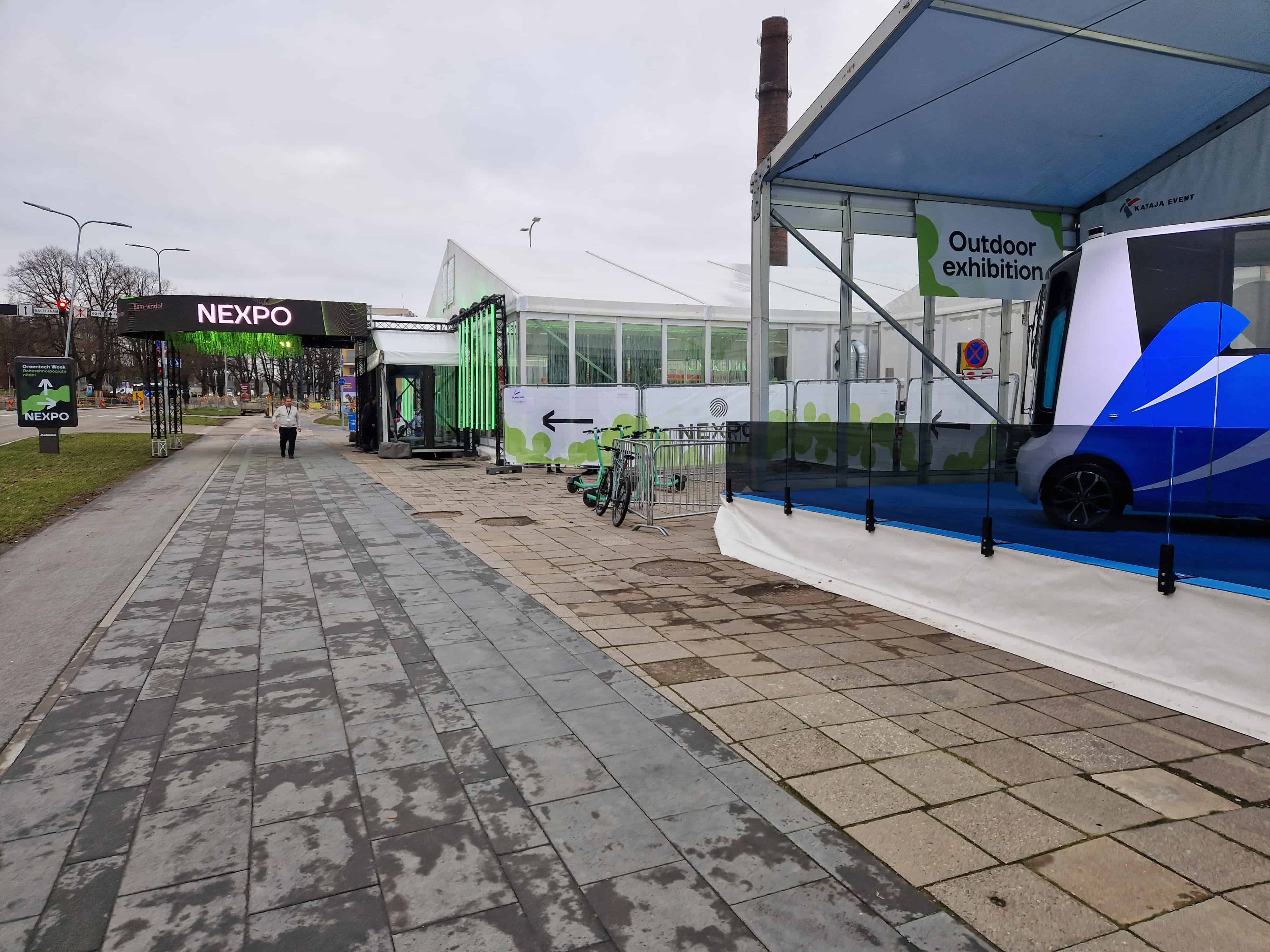
The double identity of Tallinn, the capital of Estonia, is revealed already when landing at the Lennart Meri airport. Modern steel and glass constructions stand in stark contrast with the square concrete blocks of buildings from the Soviet times. Meri – leader of the independence movement and former president of the country – was one of the key figures in shaping the last thirty years of the history of the country, its more modern and digital one.
- Estonia is recognized as one of the world’s pioneers in digitalization.
- The country rebuilt its state apparatus from scratch since the 1991 independence, leveraging technology.
- Therefore, the Baltic Republic became a fertile ground for innovation.
Estonia has made a reputation for itself thanks to its level of digitalization. Estonians can access nearly all public services online. Not ironically, the only reasons to physically show up at a public office are to get married or divorce. Every Estonian citizen gets a digital identity right after birth and a chance to e-vote for the elections – 51 percent of voters opted for digital voting at the last Parliament election earlier this year.
As one of the main results of such an approach, the Baltic Republic became a fertile ground for innovation. With the highest number of start-ups per capita in Europe, it also trailblazes the rest of the continent in terms of unicorns – ten, including Skype, Wise, and Zego – and investments per capita – $1056 against a European average of $140.
What stood out
This was my first visit to Tallinn. I found a vibrant city, full of passion-driven people. Part of that drive is undoubtedly Estonians’ strong bond with their country. By visiting different parts of the city and talking with entrepreneurs, the willingness to innovate and evolve is evident. The flourishing of new technology – in whatever domain – is not seen as another burden citizens or governments must deal with, but rather, as an opportunity to study, take, and enjoy.
“We needed to reinvent ourselves”
One of the main arguments for such a high level of digitalization is the 1991 independence due to the collapse of the Soviet Union. “During the first years after becoming independent again, we had a chance to rebuild our services from scratch. Being a small nation, we needed to reinvent ourselves, cleverly building our governmental apparatus,” explains Ursel Velve. She is the chief innovation officer of Ülemiste City, a former industrial plant now a tech park.
Ülemiste City is a living example of how Estonia rebuilt itself after the reindependence. There, red brick warehouses sit next to modern dwellings in what became the biggest technology park of the Baltics, a community of 500 companies and 16,000 people. Located between the air terminal and the last kilometers of the future Rail Baltica tracks – a high-speed rail link between Tallinn and Warsaw – Ülemiste is a tech hotspot and a testing ground with private roads to experiment with autonomous vehicles, for instance.
Clevon, a manufacturer of autonomous vehicles for delivery, has one of its offices here. The small delivery vans of the Estonian company can be seen driving in the streets of Tallinn, as well as in other European countries and the US. In fact, the company was the first to obtain a license to operate its unmanned robot carriers on European public roads and started operations in Texas. Clevon embraced a step-by-step approach toward autonomous driving, developing a teleoperation functionality to always have a fallback at its disposal. Once more traffic data and experience are gained, the autonomy level increases and the number of vehicles a remote operator can manage simultaneously grows accordingly.

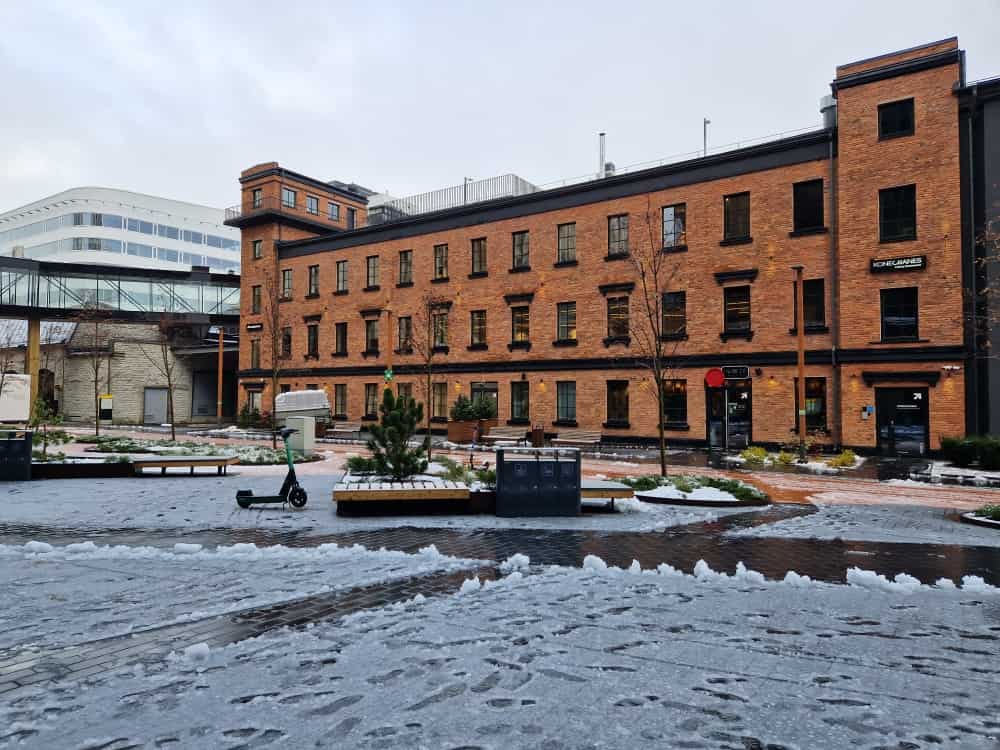
So digital, yet so close to nature
Forests cover around half of the country’s total land area. Estonians cherish their relationship with nature; they love to immerse in the woods for hikes or to find mushrooms. With around ninety percent of the country’s households reached by broadband coverage, it is no surprise that many can decide to work in close contact with nature. Tallinn has an urban forest, two lakes, and many areas where citizens can find greenery.
Moreover, Estonia’s main city was the European Green Capital of 2023, a title awarded to cities at the forefront of change. Tallinn adopted a development strategy (Tallinn 2035) aiming at climate neutrality and human-centric development, as the city population is expected to grow in the following years from the current 454,000. To boost biodiversity, a pollinator highway is in the making, a cutting-edge system tackles wastewater management, and city architects are redesigning the city to be more nature and people-friendly.
Raido Roop, Tallinn’s city strategy director, sees this title as a “big deal” for the city. The idea for the European Green Capital title originated from former Prime Minister Jyri Ratas during his time as Tallinn’s mayor fifteen years ago. Winning the competition again was an occasion to restructure the city organization and a time to point out Tallinn’s main problems while raising citizens’ awareness.
One of the initiatives was the creation of a citizen-based mini parliament, where fifty Tallinners from different backgrounds were chosen to come up with ideas to improve their city. “The focus area was street space and urban greenery, and they made 39 proposals to the city council about how to connect the different city parks into a closed network, how to get rid of cars and bring more greenery on the street level,” Roop highlights. The city council is now analyzing the ideas and will seek to make them applicable.
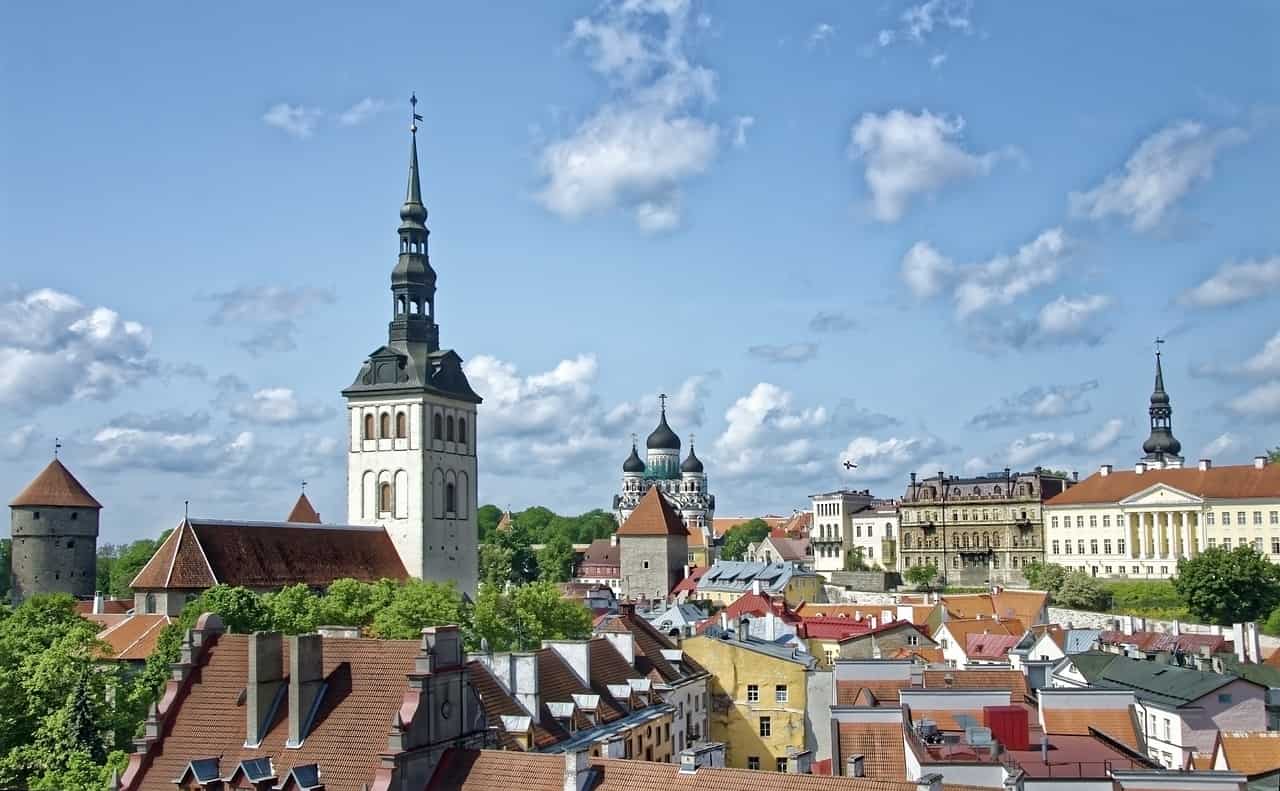
Hurdles for the transition
Refurbishing the building stock is one of the main challenges the city needs to tackle. The municipality estimated that half of its emissions come from buildings and energy production. “Most of the apartments in the city were built in the Soviet era, and they need full renovation, for a total cost between five and ten billion euros. EU and local grants exist, but we are lacking funds,” says Roop.
Given the long winters, dwellings need to be warmed up for up to eight months a year. With renewable power picking up – especially with the use of controversial wood chips – coal and oil shale are still the primary energy sources. Next year, the city will start a pilot project to renovate an apartment district by installing wooden panels, given the material’s local availability. Other projects will follow, such as the expansion of the tram lines.
Redefining mobility
The modern and refurbished red and white trams share the city tracks. When onboarding, passengers don’t worry about paying for a ticket. Since 2013, Tallinn has offered its residents free public transport. The local public transport network consists of buses and trams. Many choose to cycle in the warmest periods of the year, as a bike lane network is developing across the city. Scooters are also a chosen option, with a fleet of the Estonian sharing mobility company Bolt – another of the ten unicorns – at users’ disposal. All these options are redefining mobility in the city.
The tram network is indeed expanding. Close to the harbor’s area in particular. The works didn’t impede setting up the pavilions for the Greentech Week events, one of the main events organized by the city as part of its Green Capital events. Every day, a new conference – including the Smart Cities Convention, the Cleantech Forum Europe, and the Green Governance Conference – touched upon different topics concerning green tech. During the whole week, visitors could walk around the alleys of NEXPO, a green tech exhibition with companies from Estonia and abroad showcasing their innovations. Over the tracks, a passage connected the main pavilion with the Kultuurikatel (Culture Hub), once the main city’s power plant and nowadays a venue for cultural events.
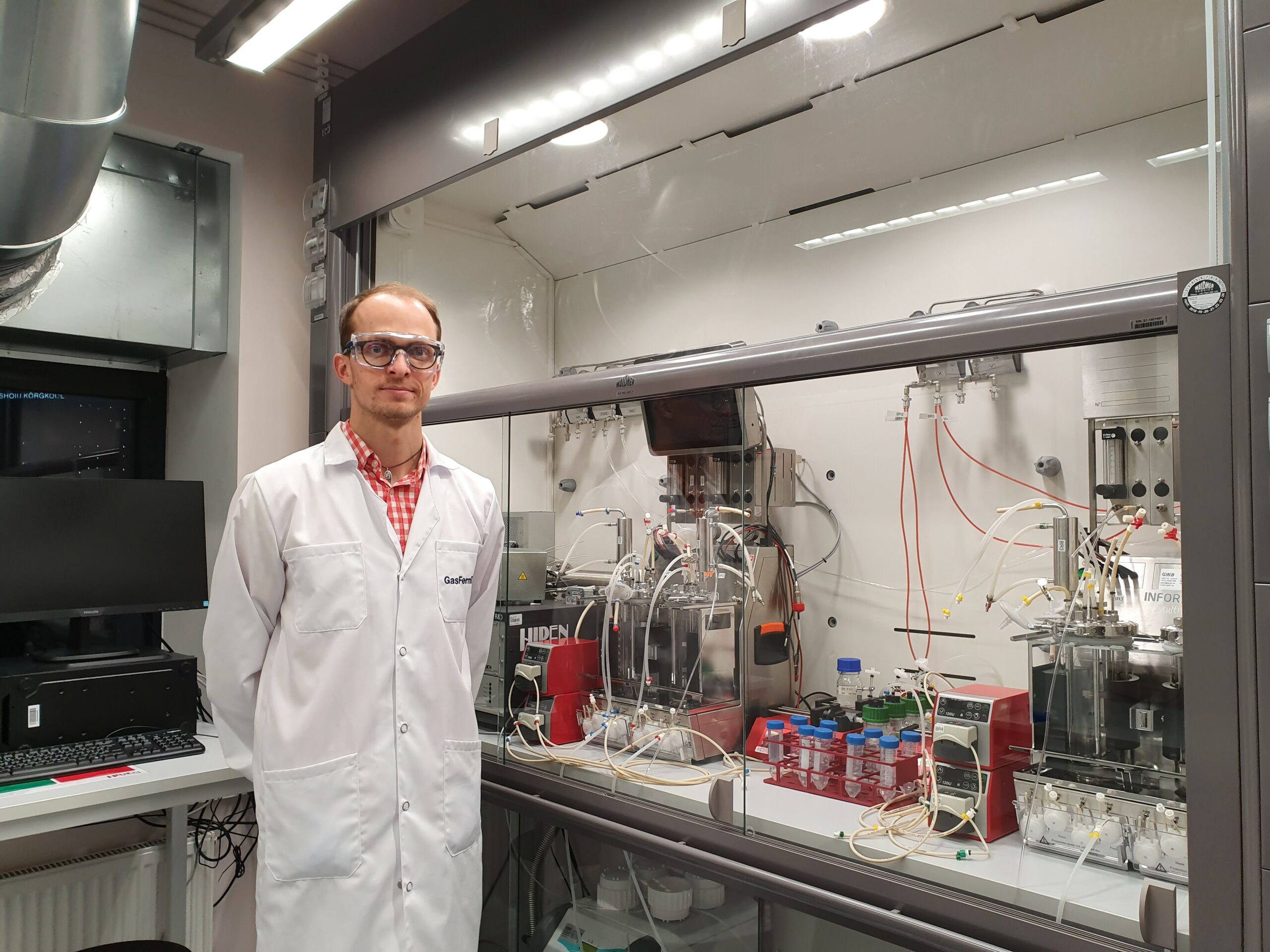
Autonomous bus
Right outside the white tent hosting the NEXPO, there’s a bus stop where visitors can hop on an autonomous bus operated by Auve Tech. The bus can have up to eight people onboard. Although autonomous, current legislation requires an operator to be onboard. The journey starts after a signal to the command center, and the bus moves seamlessly through the predetermined route despite the snowy weather. Screens show the speed and the nearby obstacles detected by the multiple sensors embedded in the vehicle.
The Estonian company is developing first and last-mile transportation. Simply put, these buses connect tram or bus stops to the doorstep of residential or business areas. This application can make a difference in the lives of people with limited mobility or of the elderly, as even a few hundred meters can represent a long distance to cover. As part of the many pilots conducted by the company throughout these years, one was in a Tallinn neighborhood. “When the pilot stopped, the municipality got many angry calls from the residents. Initially, people were scared, but once they got familiar with it, they loved it,” Deivis Sepp, operations lead at Auve Tech.
No other country would have allowed Auve Tech to grow since its founding in 2018. Sepp believes Estonia was the “best testing ground possible,” both for the harsh climate – which put the robustness of the technology under a tough test – and institutions’ openness to enable innovation. The company launched its second generation of autonomous buses, which from Estonia, have already conquered Japan since many of them will be driving in the Nipponic country.
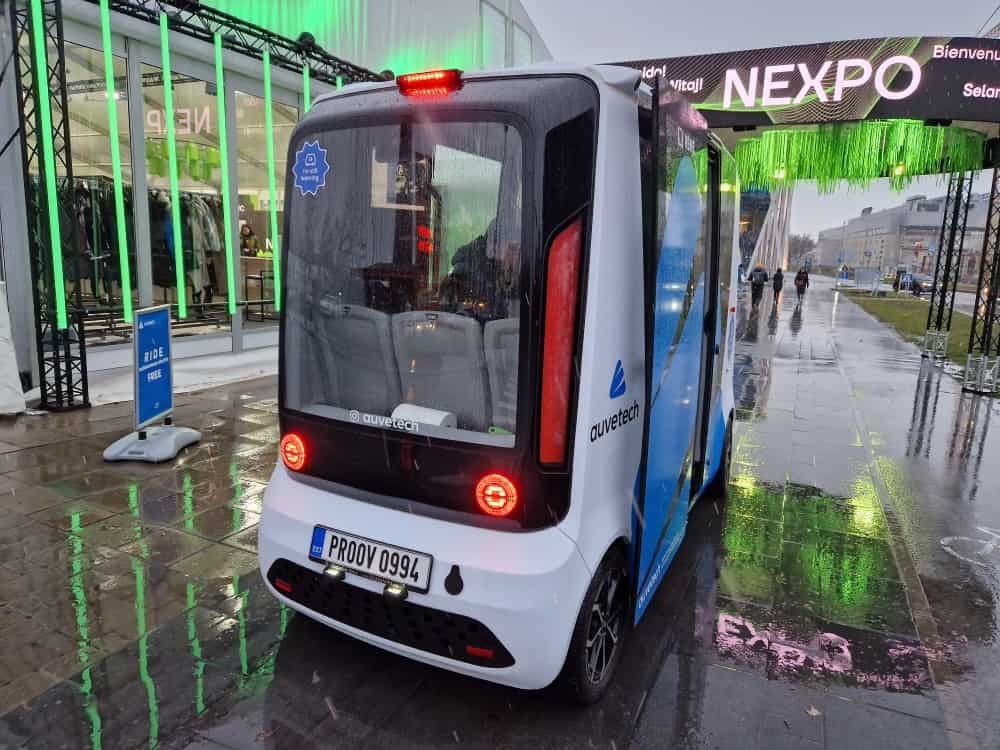
Enhancing participation through technology
The general willingness to embrace new technologies is also testified by the new participatory hub that the municipality of Tallinn will soon launch. There, through 3D glasses and a smart controller, citizens can immerse themselves in a digital twin of the city. This tool aims to help locals discuss city issues.
The easiest example to mention is the development of a new real estate project in a neighborhood. Residents of that city area can better understand how the new construction would impact the area. “It’s definitely easier to understand than by showing them a building floorplan,” says Andres Maremäe, project manager of Tallinn’s digital twin initiative. The digital twin project aims to empower citizens, allowing them to get a more informed opinion – and thus a more conscious say – over city matters.
There’s much more that can be done using a digital twin. To Maremäe, defining it as a digital copy of a space is a limiting definition. “Much more non-physical elements can be included into it, such as air pollution,” he says. Tracking trees’ health and road surface condition are all possibilities offered by having a constant influx of data collected through garbage trucks and buses. Captured information is processed via edge computing, meaning no data is stored.
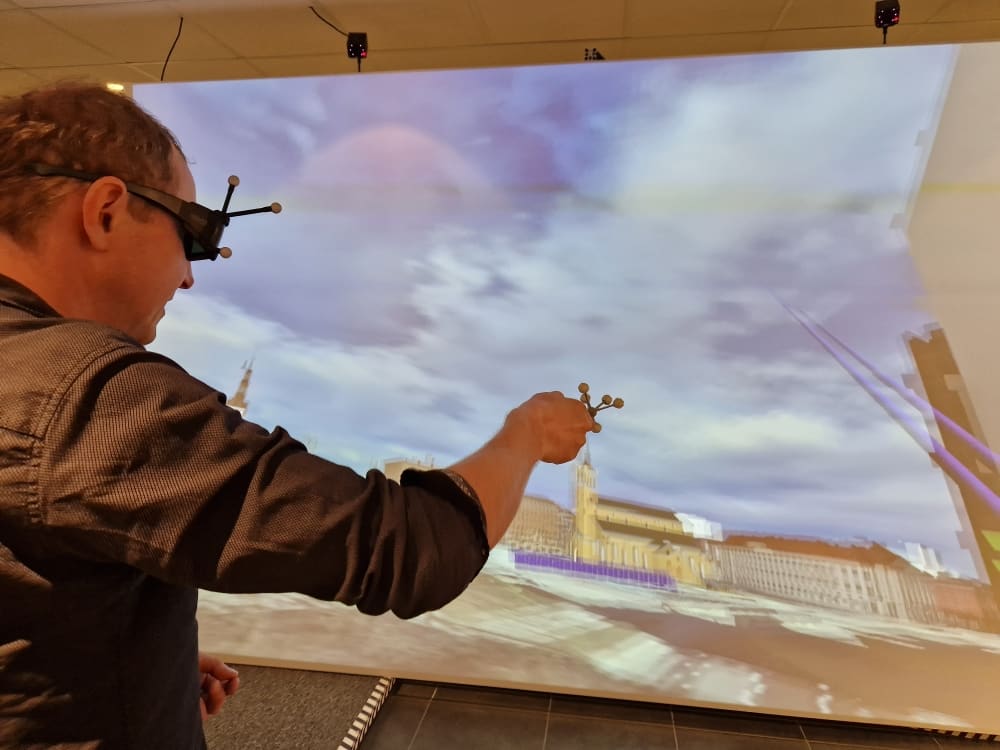
Ahead of the game
After getting the title of European Green Capital, Tallinn is not resting on its laurels. Construction works can be seen everywhere by visiting different parts of the city – not only the ones to expand the tram network. Ülemiste City is looking for new companies to join its innovation ecosystem, and the city government will keep its citizens onboard in the transition, with technology as an enabler. Since its independence, Estonia and its capital entered a new era, breaking ties with the past and with what is often referred to by locals as “the unfriendly neighbor”. Being ahead of the technological game offers a precious advantage.


